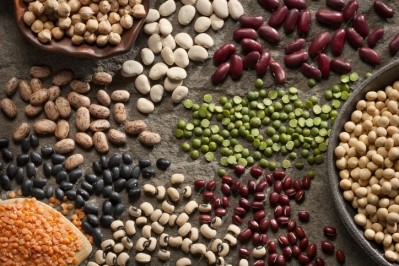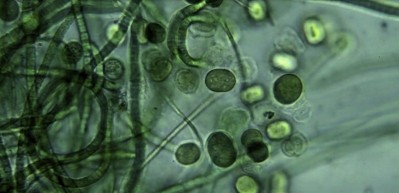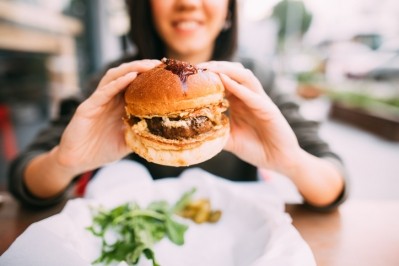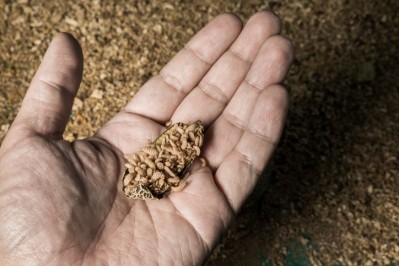Purchased feed largest contributor to emissions on UK free-range egg farms
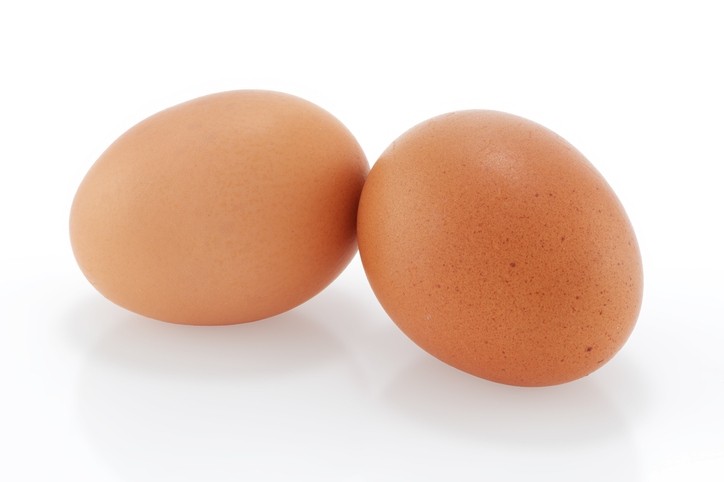
Sustainability consultancy, Promar International, carried out the study on behalf of the British Free-Range Egg Producers Association (BFREPA) over the past six months using figures provided by two free range egg units – a 64,000-bird multi-tier operation across two sheds, and a 12,700-bird flat-deck system.
Laying poultry diets typically contain 16% to 19% protein and the main source of protein is often soy derived, according to the research.
Soybean meal (SBM) imported into the UK comes primarily from South American countries such as Argentina, Brazil and Paraguay. Imported SBM from these areas can attract a very high carbon footprint of 9kg to 15kg of CO2e/kg due to significant emissions from land-use change (Carbon Trust, 2010), read the review.
The UK is now able to import soy with a higher protein content (Hi-Pro) from the US which helps to avoid these land use change emissions, said BFREPA.
Reducing reliance on raw material imports
Reducing the reliance on imported raw ingredients and specifically proteins is a very strong lever available to free range egg producers to lower emissions, shows the report.
The study noted that alternative protein sources for poultry may emerge as innovations in feed become readily available and more cost effective including algae produced in biological systems for industrial exhaust emissions, processed animal proteins, insect larvae or lupins.
The figures in the study were generated from data provided by multi-tier business run by Martin and Nikki Lawrence from Llandrindod Wells in mid-Wales. They showed that 1kg of eggs produced 3kg of CO2e with the smaller, flat- deck farm showing 3.44kg.
Martin Lawrence said that at the start of the project he had thought feed would account for around 50%. “But it was actually over 85% of our emissions. As a producer it would be very difficult to bring that down on farm but I’m sure the feed companies are already thinking about how to do it so we will see what happens in the future.”
Improving UK egg industry’s sustainability credentials
BFREPA chairman, James Baxter, says he hopes the findings will help start positive conversations involving the whole supply chain about what can be done to help farmers continue to play their part in producing food sustainably.
Commenting on the study’s findings, he said: “Free range egg businesses are extremely efficient and will be at the cutting edge of technology when it comes to factors within their control such as reducing electricity and fuel consumption.
“My members have also planted millions of trees in the past 20 years to improve the ranges for their birds. These trees will be sequestering carbon for generations.
“The figures and information in this report give producers areas to consider as they look to the future, and it is our hope that it provides a factual basis for conversations with the whole egg industry about how we can improve our credentials.
“There are challenges over soy-based rations which are well publicized, but we also have to consider issues such as National Grid capacity which limits a lot of farms from generating more renewable energy. Producers also need clear leadership from the government over how environmental policy can be integrated into their businesses.”
The work will now enter a second phase to research in detail how management practices impact carbon emissions. The findings will be reported in the summer.
Practical measures available to free range egg farms
- Covering litter and manure storage: 2.5% to 3% potential emission reduction
- A 5% increase in laying rates: 5% potential emission reduction
- Prolong flock laying cycles: 2% to 5% potential emission reduction
- Closely review and monitor protein content in rations and aim to reduce: 1% to 5% potential emission reduction
- Installing renewable energy capture and storage on farm with batteries: 2% to 4% potential emission reduction
- Export manure to an anaerobic digester: 5% to 7% potential emission reduction
Source: Promar International
